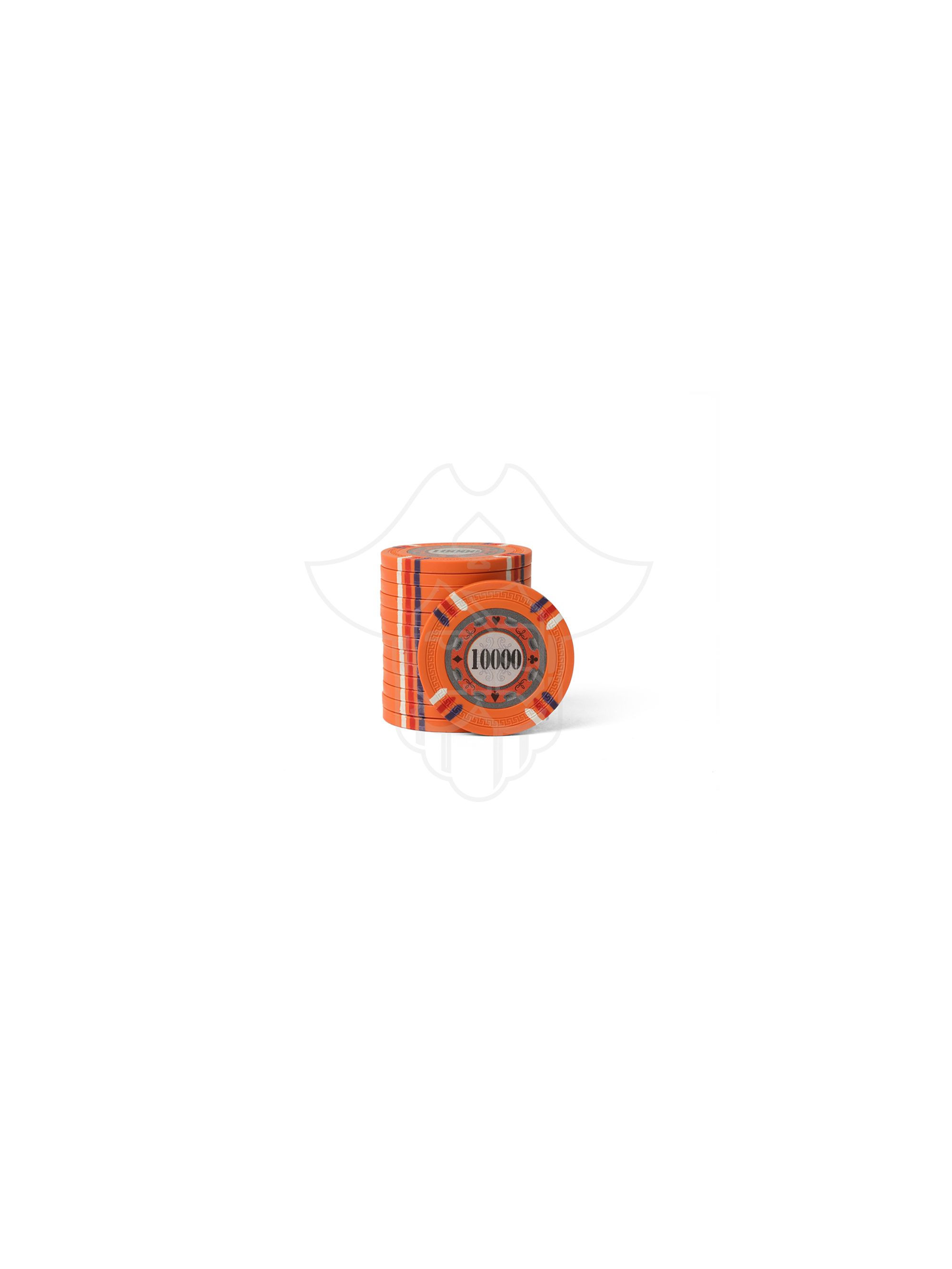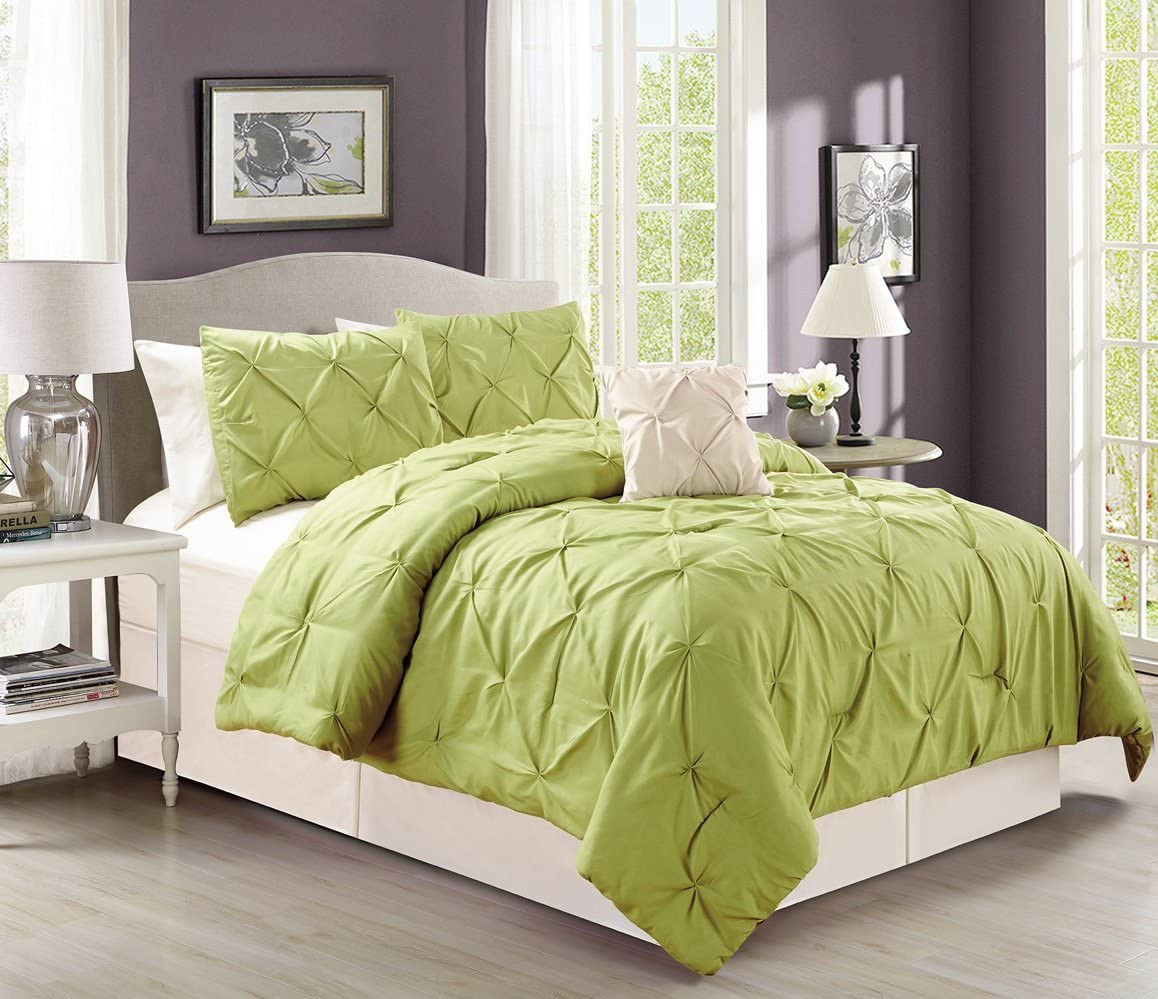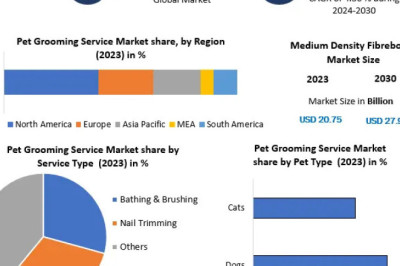views
The global aircraft cabin interior market is poised for significant growth, with a projected compound annual growth rate (CAGR) of 3.22% between 2024 and 2032. This growth is driven by advancements in in-flight entertainment systems, regional market dynamics, and evolving passenger preferences. This blog delves into the key segments, regional dominance, market drivers, and major players shaping the future of the aircraft cabin interior industry.
In-Flight Entertainment Segment to Witness Significant Growth
One of the standout segments in the aircraft cabin interior market is in-flight entertainment systems (IFES). These systems enhance passenger experience by offering video on demand (VOD), music, movies, and live flight tracking. Additionally, IFES allows passengers to connect their personal devices, creating a more personalized and enjoyable journey. As airlines increasingly focus on ancillary revenue from Wi-Fi and on-demand services, existing aircraft are being retrofitted with advanced IFES. This trend underscores the critical role of in-flight entertainment in boosting passenger satisfaction and revenue.
North America to Dominate the Global Market
North America is expected to maintain its dominance in the global aircraft cabin interior market throughout the forecast period. This dominance is attributed to the region's extensive aviation sector and the presence of key industry players, particularly in the United States. The demand for increased passenger comfort and the region's technological advancements are key factors propelling market growth.
Conversely, the Asia Pacific region is anticipated to experience a significant growth rate. This growth is driven by the diversification and expansion of regional players such as COMAC (China) and Mitsubishi (Japan). Emerging economies like China and India, with their rapidly developing industrial and aviation sectors, are expected to contribute substantially to regional market growth.
Market Segmentation
The aircraft cabin interior market is segmented based on type, class, fit, aircraft type, and end users. Understanding these segments provides a clearer picture of the market dynamics and the areas poised for growth.
By Type
- Seats: Comfortable seating with enhanced legroom is a crucial factor for passenger satisfaction on long-haul flights.
- Cabin Lighting: Advanced lighting solutions enhance the aesthetic appeal and comfort within the cabin.
- Galley and Lavatory: Efficient and hygienic galley and lavatory designs contribute to a better passenger experience.
- Windows and Windshield: Innovations in windows and windshields improve visibility and safety.
- Aircraft Storage Panels: Optimal storage solutions enhance space utilization.
- In-Flight Entertainment and Connectivity (IFEC): As highlighted, IFEC systems are central to modernizing aircraft interiors.
- Others: This category includes various other components that contribute to the overall cabin experience.
By Class
- Business: Premium services and comfort are key features of business class interiors.
- First: The first-class segment offers luxury and exclusivity, with high-end amenities.
- Economy: Efficient space utilization and comfort are essential in economy class.
- Others: Other classes may include premium economy or hybrid class arrangements.
By Fit
- Retro Fit: Upgrading existing aircraft with modern interiors.
- Line Fit: Incorporating advanced interiors during the aircraft manufacturing process.
By Aircraft Type
- Commercial: Major airlines investing in passenger comfort and technology.
- Defence: Military aircraft focusing on durability and functionality.
- Business: Private jets and business aircraft prioritizing luxury and efficiency.
- Others: Includes specialized aircraft for various purposes.
By End Users
- OEM (Original Equipment Manufacturer): Manufacturers integrating advanced interiors during production.
- MRO (Maintenance, Repair, and Overhaul): Services focusing on maintaining and upgrading existing interiors.
- Aftermarket: Post-sale modifications and enhancements.
Drivers of Market Growth
Technological Advancements
Rapid advancements in the aviation sector are a primary driver of the aircraft cabin interior market. Manufacturers are increasingly focusing on innovative solutions that enhance passenger comfort and space utilization. This includes developments in seating, lighting, and IFES, which collectively contribute to a more enjoyable flight experience.
Rising Demand for Air Travel
The growing preference for air travel, particularly in emerging economies, is another significant factor. Rising disposable incomes, improved aviation infrastructure, and the expansion of regional airlines are boosting air travel demand. This, in turn, drives the need for modern and comfortable aircraft interiors.
Impact of COVID-19
The COVID-19 pandemic severely impacted the aviation industry, leading to travel restrictions and a sharp decline in air travel in 2020. However, as restrictions ease and air travel resumes, the aircraft cabin interior market is expected to recover and reach pre-COVID levels. The pandemic has also highlighted the importance of hygiene and safety, leading to innovations in cabin design to address these concerns.
Regional Insights
North America
North America's dominance is driven by its robust aviation sector and technological advancements. The presence of key players and a strong focus on passenger comfort are critical factors supporting regional market growth.
Asia Pacific
The Asia Pacific region is set to witness significant growth, driven by the expansion of regional players and the development of the aviation sector in countries like China and India. The increasing demand for air travel in these emerging economies is a crucial driver.
Europe
Europe, with its established aviation industry and focus on innovation, is also a significant market. The region's emphasis on sustainable and efficient aviation solutions is expected to drive demand for modern cabin interiors.
Latin America and Middle East & Africa
These regions are gradually emerging as important markets due to improving aviation infrastructure and increasing air travel. Investments in modernizing aircraft fleets are expected to contribute to market growth.
Key Industry Players
Several key players dominate the global aircraft cabin interior market, driving innovation and setting industry standards. These include:
- Diehl Stiftung & Co. KG
- JAMCO Corporation
- Safran Group
- Boeing EnCore Interiors, LLC
- Geven S.p.A.
- Others
These companies are at the forefront of developing advanced solutions that enhance passenger comfort and operational efficiency. Their continuous investment in research and development, coupled with strategic mergers and acquisitions, is shaping the future of the aircraft cabin interior market.
The global aircraft cabin interior market is on a trajectory of steady growth, driven by technological advancements, increasing air travel demand, and regional market dynamics. In-flight entertainment systems are a critical component of this growth, significantly enhancing passenger experience. North America remains the dominant market, while the Asia Pacific region is poised for rapid expansion. The impact of COVID-19 has temporarily slowed market growth, but the industry is expected to recover and thrive in the coming years.
As airlines and manufacturers continue to innovate and invest in modernizing aircraft interiors, the future of air travel looks promising. Enhanced passenger comfort, efficient space utilization, and advanced technological solutions will define the next generation of aircraft cabins, making air travel more enjoyable and accessible to a broader audience.











